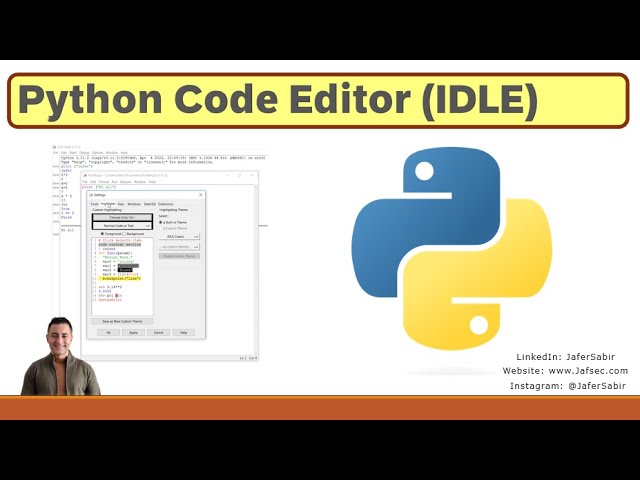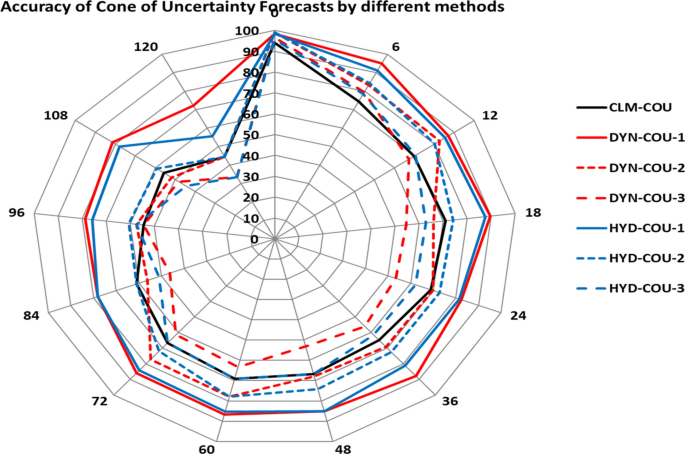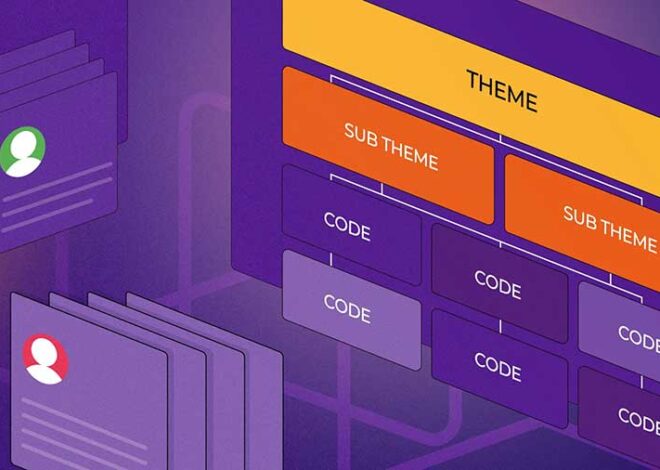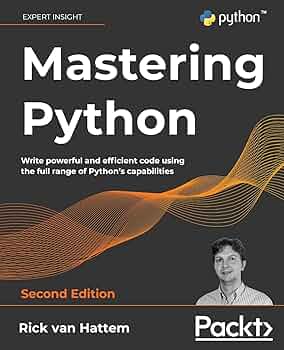
Building a Python News Summarizer: From API to AI-Powered Insights
In today’s hyper-connected world, we are inundated with a constant stream of information. News cycles are shorter than ever, and staying informed can feel like drinking from a firehose. For developers, this data deluge presents a fascinating challenge: How can we use programming to cut through the noise and extract the signal? The answer lies in building intelligent systems that can automate the process of gathering, processing, and condensing information. Python, with its rich ecosystem of libraries for web requests, data handling, and Natural Language Processing (NLP), is the perfect tool for this job.
This article provides a comprehensive technical guide to building a Python news summarizer from the ground up. We will explore the complete lifecycle of such a project, starting with fetching live news data from a public API, parsing it into a usable format, and finally, applying both classic and state-of-the-art AI techniques to generate concise summaries. Along the way, we will cover best practices for code structure, API key management, and error handling. Whether you are a budding developer looking for a practical project or an experienced programmer interested in NLP applications, this guide will provide actionable insights and ready-to-use code to build your own powerful Python news tool.
The Architectural Blueprint: Core Components of a Python News System
Before writing a single line of code, it’s crucial to understand the high-level architecture of our news summarizer. A well-designed system is modular, making it easier to develop, test, and upgrade individual components. Our application can be broken down into three primary layers: the Data Acquisition Layer, the Data Processing Layer, and the Summarization Engine.
1. The Data Acquisition Layer: Fetching the News
The foundation of our system is its ability to access news articles. While web scraping with libraries like BeautifulSoup and Scrapy is a viable option, it can be complex and brittle, often breaking when a website’s layout changes. A more robust and reliable approach is to use a dedicated News API. These services provide structured data in a predictable format, typically JSON.
Several excellent News APIs are available, each with its own features and pricing models:
NewsAPI.org: A popular choice offering a generous free tier for developers. It provides access to breaking news headlines and articles from thousands of sources worldwide.
GNews API: Another great option that focuses on providing clean, machine-readable news data with search and filtering capabilities.
The Guardian OpenPlatform: Offers free access to all content from The Guardian, dating back to 1999, perfect for historical analysis.
For our project, we’ll use NewsAPI.org due to its simplicity and comprehensive coverage. The core task in this layer is to make an HTTP GET request to the API endpoint, including our unique API key for authentication, and receive the news data.
2. The Data Processing Layer: Parsing and Structuring
Once the API responds, we receive a raw data payload, usually in JSON format. This data is structured but not yet optimized for our application. The processing layer is responsible for parsing this JSON, extracting the essential information—such as the article title, author, source, URL, and the full content—and transforming it into a clean, usable format. A good practice is to represent each article as an object or a dictionary. This structured approach makes the data easy to pass to the next stage and simplifies debugging.
3. The Summarization Engine: The NLP Core
This is the most critical component of our application. The summarization engine takes the full text of an article and condenses it into a short, coherent summary. There are two primary approaches to automatic text summarization:
Extractive Summarization: This method works by identifying the most important sentences or phrases from the original text and stitching them together to form a summary. The summary consists entirely of sentences extracted directly from the source. This technique is computationally less expensive and generally produces factually consistent summaries.
Abstractive Summarization: This is a more advanced technique that involves generating new sentences to capture the essence of the original text, much like a human would. It uses deep learning models (like Transformers) to understand the context and produce more fluent and concise summaries. While more powerful, it is computationally intensive and requires sophisticated pre-trained models.
We will implement both a classic extractive method and a modern abstractive method to compare their outputs and understand their trade-offs.
News API interface – news API uses Archives – Newsdata.io – Stay Updated with the …
Implementing the News Fetcher and Parser in Python
Let’s translate our architectural blueprint into functional Python code. We’ll start by building a class to handle all interactions with the NewsAPI. This encapsulates the logic and makes our main script cleaner.
Setting Up the Environment
First, install the necessary libraries. We’ll use requests to make HTTP calls and python-dotenv to manage our API key securely.
pip install requests python-dotenv
Next, create a file named .env in your project root and add your NewsAPI key:
NEWS_API_KEY=”YOUR_API_KEY_HERE”
This practice prevents you from hardcoding sensitive credentials directly into your source code.
Building the `NewsFetcher` Class
This class will be responsible for fetching and parsing the news. It will load the API key from the environment, construct the request URL, and handle the API response.
import os
import requests
from dotenv import load_dotenv
class NewsFetcher:
“””
A class to fetch news articles from the NewsAPI.org service.
“””
def __init__(self):
load_dotenv()
self.api_key = os.getenv(“NEWS_API_KEY”)
if not self.api_key:
raise ValueError(“NEWS_API_KEY not found in .env file.”)
self.base_url = “https://newsapi.org/v2″

def get_top_headlines(self, country=”in”, category=”technology”, page_size=5):
“””
Fetches top headlines for a given country and category.
Returns:
A list of article dictionaries or None if the request fails.
“””
endpoint = f”{self.base_url}/top-headlines”
params = {
“country”: country,
“category”: category,
“pageSize”: page_size,
“apiKey”: self.api_key
}
try:
response = requests.get(endpoint, params=params)
response.raise_for_status() # Raises an HTTPError for bad responses (4xx or 5xx)
data = response.json()
if data.get(“status”) == “ok”:
# We only need specific fields for our purpose
articles = [
{
“title”: article.get(“title”),
“source”: article.get(“source”, {}).get(“name”),
“url”: article.get(“url”),
“content”: article.get(“content”) or “” # Ensure content is not None
}
for article in data.get(“articles”, [])
]
return articles
else:
print(f”API Error: {data.get(‘message’)}”)
return None
except requests.exceptions.RequestException as e:
print(f”An error occurred during the API request: {e}”)
return None
# Example Usage:
if __name__ == ‘__main__’:
fetcher = NewsFetcher()
tech_articles = fetcher.get_top_headlines(category=”technology”)
if tech_articles:
print(f”Fetched {len(tech_articles)} technology articles.”)
for i, article in enumerate(tech_articles, 1):
print(f”\n— Article {i} —“)
print(f”Title: {article[‘title’]}”)
print(f”Source: {article[‘source’]}”)
# Note: The ‘content’ from NewsAPI is often truncated.
# For a full summary, one would need to scrape the article URL.
print(f”Content Snippet: {article[‘content’]}”)
This class provides a clean interface to fetch news. The error handling ensures the application doesn’t crash on network issues or API errors. Notice that the content provided by NewsAPI is often a small snippet. For a high-quality summary, a real-world application would need to follow the article URL and scrape the full text, a step we’ll omit here for simplicity but is critical for production systems.
The Heart of the System: Text Summarization with NLP
With our news data in hand, we can now focus on the summarization logic. We’ll explore two different techniques, starting with a classic extractive algorithm and then moving to a powerful pre-trained transformer model.
Extractive Summarization with spaCy
This method relies on statistical analysis of the text. The core idea is to score each sentence based on the frequency of its words (ignoring common “stop words” like ‘the’, ‘a’, ‘is’). Sentences with higher scores are considered more important.
First, install spaCy and download its English language model:
Natural Language Processing visualization – NLP and data visualization for UNDP | ActiveWizards: AI & Agent …
pip install spacy
python -m spacy download en_core_web_sm
Now, let’s create a `Summarizer` class.
import spacy
from collections import Counter
from string import punctuation
class ExtractiveSummarizer:
def __init__(self, model=”en_core_web_sm”):
self.nlp = spacy.load(model)

def summarize(self, text, num_sentences=3):
“””
Generates an extractive summary of the given text.
“””
if not text or not isinstance(text, str):
return “”
doc = self.nlp(text)
# 1. Filter out stop words and punctuation
keywords = [token.text.lower() for token in doc
if not token.is_stop and not token.is_punct]
# 2. Calculate word frequencies
word_freq = Counter(keywords)
# 3. Normalize frequencies
max_freq = max(word_freq.values()) if word_freq else 0
if max_freq == 0:
return “”
for word in word_freq.keys():
word_freq[word] = (word_freq[word] / max_freq)
# 4. Score sentences based on word frequencies
sentence_scores = {}
for sent in doc.sents:
for word in sent:
if word.text.lower() in word_freq:
if sent not in sentence_scores:
sentence_scores[sent] = word_freq[word.text.lower()]
else:
sentence_scores[sent] += word_freq[word.text.lower()]
# 5. Select the top N sentences
sorted_sentences = sorted(sentence_scores, key=sentence_scores.get, reverse=True)
summary_sentences = sorted_sentences[:num_sentences]
# Reorder summary sentences to match their original order in the text
summary_sentences_sorted = sorted(summary_sentences, key=lambda s: s.start)
summary = ” “.join([sent.text.strip() for sent in summary_sentences_sorted])
return summary
# Example Usage (assuming ‘full_article_text’ is a long string)
# full_article_text = “…”
# extractive_summarizer = ExtractiveSummarizer()
# summary = extractive_summarizer.summarize(full_article_text)
# print(“Extractive Summary:”, summary)
Abstractive Summarization with Hugging Face Transformers
For a more sophisticated, human-like summary, we can leverage the Hugging Face transformers library. It provides easy access to thousands of pre-trained models. We’ll use Google’s T5 (Text-to-Text Transfer Transformer) model, which is excellent for summarization tasks.
First, install the required libraries. PyTorch or TensorFlow is needed as a backend.
pip install transformers torch
The Hugging Face pipeline API makes this incredibly simple:
from transformers import pipeline

class AbstractiveSummarizer:
def __init__(self, model=”t5-small”):
# The pipeline handles model download, caching, and tokenization
self.summarizer = pipeline(“summarization”, model=model)
def summarize(self, text, max_length=150, min_length=30):
“””
Generates an abstractive summary using a pre-trained model.
“””
if not text or not isinstance(text, str):
return “”
# The model expects a specific prefix for summarization tasks
prefixed_text = “summarize: ” + text
summary_result = self.summarizer(
prefixed_text,
max_length=max_length,
min_length=min_length,
do_sample=False
)
return summary_result[0][‘summary_text’]
# Example Usage:
# full_article_text = “…”
# abstractive_summarizer = AbstractiveSummarizer()
# summary = abstractive_summarizer.summarize(full_article_text)
# print(“Abstractive Summary:”, summary)
This abstractive approach is far more powerful but has higher computational requirements. The first time you run it, it will download the model (a few hundred MB). The T5 model generates new text, resulting in summaries that are often more fluent and concise than their extractive counterparts.
Best Practices, Pitfalls, and Scaling Up
Building a functional prototype is one thing; creating a robust application is another. Here are some key considerations for taking your Python news summarizer to the next level.
Best Practices and Common Pitfalls
API Key Security: As demonstrated, never hardcode API keys. Use environment variables (via python-dotenv) or a secrets management system like HashiCorp Vault for production.
Robust Error Handling: Network connections can fail, and APIs can return errors. Your code should gracefully handle requests.exceptions and check API response status codes to prevent crashes.
Text Preprocessing: Real-world article text scraped from the web is messy. It often contains HTML tags, JavaScript, and other noise. Before summarization, you must implement a text cleaning pipeline to remove this noise for better results. Libraries like BeautifulSoup are excellent for stripping HTML.
Rate Limiting: Most APIs have rate limits on their free tiers. Be a good API citizen by respecting these limits. Implement caching (e.g., using Redis) to store results for a short period, avoiding redundant calls for the same news data.
Recommendations and Scaling
For a simple personal project, the extractive summarizer is lightweight and effective. For a more professional application where summary quality is paramount, the abstractive approach with Hugging Face is superior, despite its higher resource usage.
To scale this project, consider the following steps:
Web Framework: Wrap your logic in a web framework like Flask or FastAPI to create an API endpoint. This allows other services or a front-end application to consume your summaries.
Task Queues: Summarization, especially the abstractive kind, can be slow. Use a task queue like Celery with a message broker like RabbitMQ or Redis to process summarization jobs in the background without blocking the main application thread.
Containerization: Package your application and its dependencies using Docker. This ensures consistency across development, testing, and production environments and simplifies deployment.
Conclusion
We have journeyed through the entire process of building a sophisticated Python news summarizer. We began by designing a modular architecture, then implemented a robust news fetcher that securely interacts with a third-party API. The core of our project involved diving into the world of NLP, where we implemented both a classic, statistics-based extractive summarizer and a modern, AI-powered abstractive summarizer using state-of-the-art transformer models.
The key takeaways are clear: Python’s powerful ecosystem makes it an ideal choice for such data-intensive applications. By combining libraries like requests for data acquisition, spaCy for traditional NLP, and transformers for cutting-edge AI, developers can build incredibly powerful tools to manage information overload. The principles of modular design, secure credential management, and robust error handling are paramount in transforming a simple script into a reliable application. This project serves not only as a practical tool but also as a fantastic gateway into the exciting and rapidly evolving field of Natural Language Processing.



